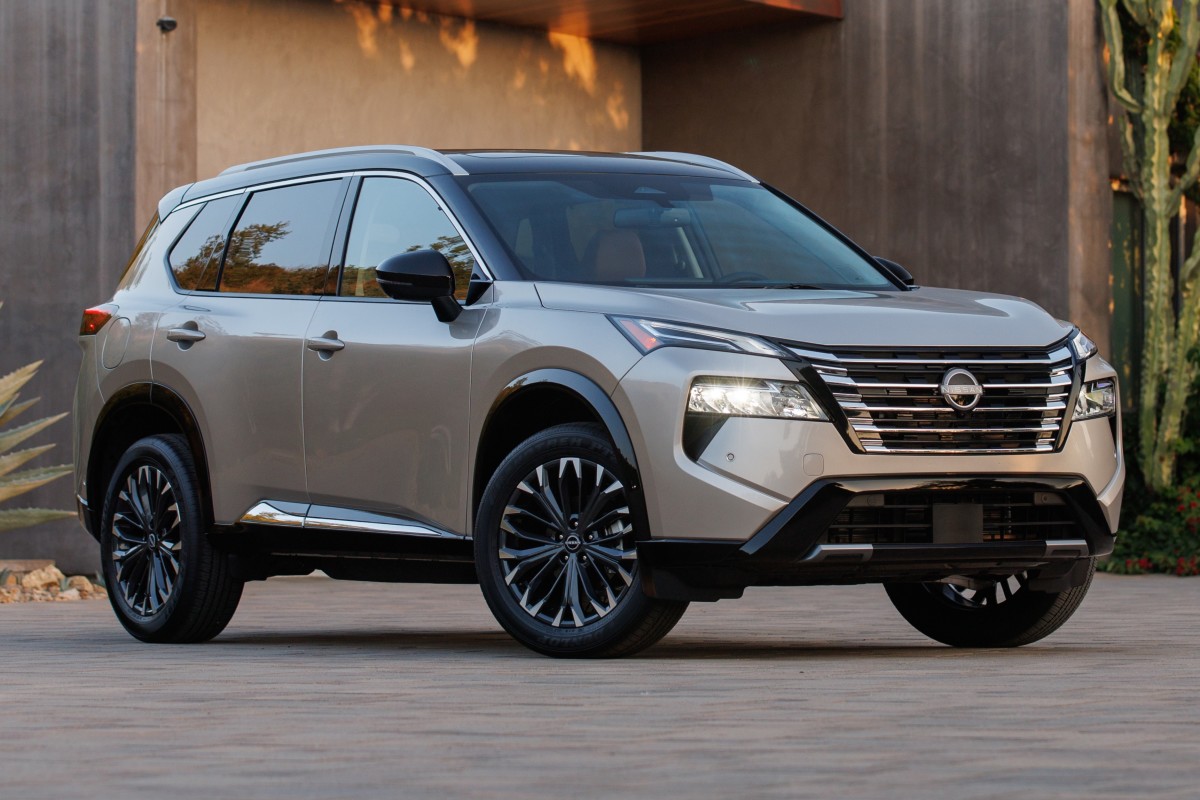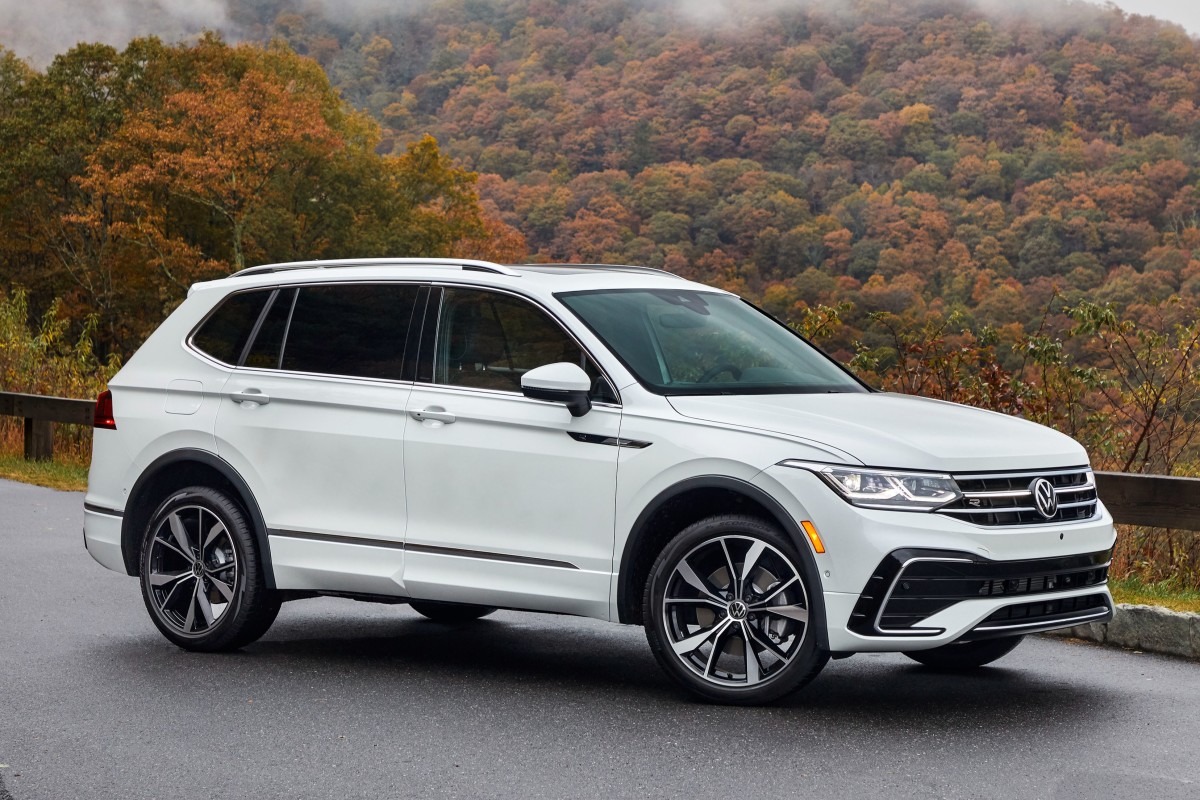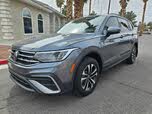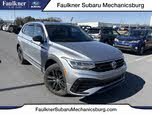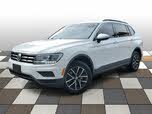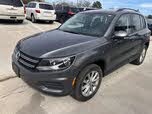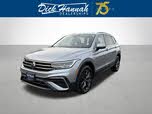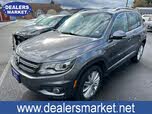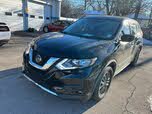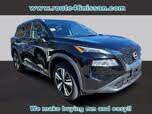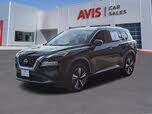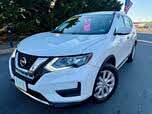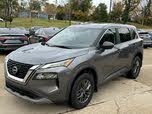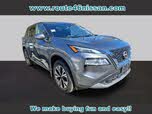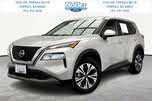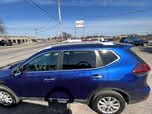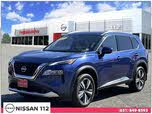Volkswagen Tiguan vs Nissan Rogue
Overview | ||
Years produced | 2008-Present | 2009-Present |
MSRP | $29,230 | $28,880 |
Average price | $19,337 | $19,535 |
Listings | ||
Ratings & Reviews | ||
User reviews | ||
Expert reviews | 7.7 out of 10Read full review | 7.5 out of 10Read full review |
Pros & cons | Pros
| Pros
|
Summary | The 2025 Nissan Rogue is one of the main players in the highly competitive compact SUV segment. Ever since the first Rogue went on sale for the 2008 model year, Nissan has made sure to constantly update and improve what’s now the automaker’s best-selling model in the U.S. For the 2025 model year, the Rogue gets a little off-road bravado added to its winning recipe. The Rogue Rock Creek trim is equipped with adventure gear like all-wheel drive (AWD), all-terrain tires, a tubular roof rack, a surround-view camera system, and hill-descent control. It also has trim-specific exterior design touches like red trim pieces on the alloy wheels and front grille and “Rock Creek” badges on the front seats. Nissan’s ProPilot Assist 2.1 highway driving assist system is also newly available on the Rogue. Verdict: With its reasonable price tag and impressive array of comfort features and tech touches, the Rogue is aimed right at the heart of the compact SUV segment. This year’s improvements add a little more polish to the Rogue, particularly with the outdoorsy Rock Creek model and latest generation of Nissan’s hands-free highway driving technology. This is an extremely well-rounded choice, though not everything is perfect. | Verdict: We weren’t enamored of the driving experience in the Tiguan, and we wish Volkswagen would offer a hybrid or plug-in hybrid option. But the automaker backs the vehicle’s premium looks with true value in areas we think are more likely to matter to most shoppers, including an attractive warranty and impressive standard safety features. |
Video | No video found | |
Popular Features & Specs | ||
Engine | 1.5L 201 hp I3 | 2.0L 184 hp I4 |
Drive Train | FWD | FWD |
Seating Capacity | 5 | 7 |
Horsepower | 201 hp @ 5600 rpm | 184 hp @ 4400 rpm |
MPG City | 30 | 23 |
MPG Highway | 37 | 30 |
Engine | ||
Engine Name | 1.5L 201 hp I3 | 2.0L 184 hp I4 |
Torque | 225 lb-ft @ 4000 rpm | 221 lb-ft @ 1600 rpm |
Horsepower | 201 hp @ 5600 rpm | 184 hp @ 4400 rpm |
Drivetrain | FWD | FWD |
Fuel Economy | ||
MPG City | 30 | 23 |
MPG Highway | 37 | 30 |
Interior | ||
Seating Capacity | 5 | 7 |
Safety | ||
Front Crash Overall | 4 | 4 |
Side Crash Overall | 5 | 5 |
Dimensions & Capacity | ||
Cargo Space | 31.6 cu ft | 12.0 cu ft |
Curb Weight | 3477 lbs | 3732 lbs |
Height | 66.5 in | 66.4 in |
Length | 183.0 in | 186.1 in |
Width | 72.4 in | 82.6 in |
Wheelbase | 106.5 in | 109.9 in |
Maximum Payload | 1164 lbs | 1301 lbs |
Number of doors | 4 | 4 |
Maximum Towing Capacity | 1500 lbs | 1500 lbs |

By: CarGurus + AI
At CarGurus, our team of experienced automotive writers remain at the heart of our content operation, conducting hands-on car tests and writing insightful guides that are backed by years of industry experience. To complement this, we are harnessing AI to make our content offering more diverse and more helpful to shoppers than ever. To achieve this, our AI systems are based exclusively on CarGurus content, ratings and data, so that what we produce is both unique to CarGurus, and uniquely helpful to car shoppers.
